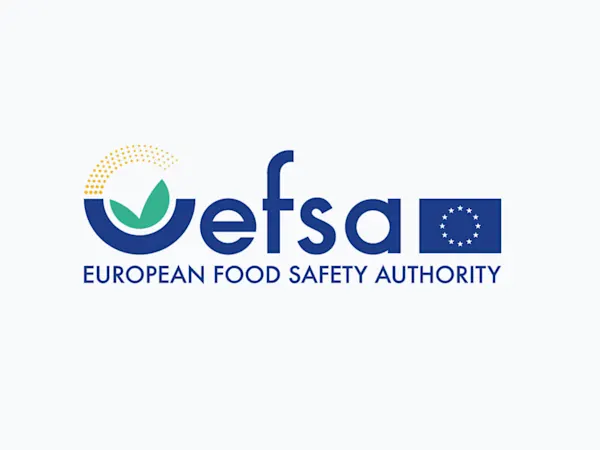
Illinois to Ban Nonbiodegradable Plastic Glitter in Personal Care Products by 2029
Illinois will prohibit nonbiodegradable plastic glitter in personal care products by 2029, impacting manufacturers, retailers, and regulators alike.


The American Chemistry Council (ACC) has reiterated that bisphenol A (BPA), a key component in food contact materials, remains safe at current exposure levels. The statement follows the FDA’s ongoing reviews and extensive research, including the landmark CLARITY Core Study. This confirmation is especially relevant for professionals across the chemicals supply chain navigating evolving public and regulatory scrutiny.
BPA is widely used in food and beverage can linings and plastic containers due to its durability, clarity, and thermal resistance. The ACC highlights findings from the CLARITY Core Study, led by the U.S. Food and Drug Administration (FDA) in collaboration with the National Toxicology Program and the National Institute of Environmental Health Sciences. This extensive research concluded that BPA did not cause adverse effects at consumer-relevant exposure levels.
Dr. Stephen Ostroff, then-FDA Deputy Commissioner for Foods and Veterinary Medicine, confirmed in 2018 that “currently authorised uses of BPA continue to be safe for consumers”, reinforcing ACC’s position that public concerns about BPA are not supported by the scientific consensus.
The ACC’s statement aims to stabilise industry confidence amidst misinformation and fragmented regulatory pressures. For manufacturers, packaging designers, and compliance officers, this regulatory continuity reduces immediate compliance risk while reinforcing the importance of proactive communication strategies.
State-level differences in BPA regulation across the U.S. add complexity, but FDA oversight remains the benchmark for national compliance. The ACC calls for adherence to science-based policies and highlights BPA’s essential role in sectors including food and beverage, automotive, and medical devices.
The FDA regulates BPA through the Food Contact Notification (FCN) programme, a pre-market approval system for food packaging materials. This ongoing oversight ensures any potential migration of BPA into food remains within safe limits.
As consumer and regulatory attention intensifies, industry professionals must continue monitoring scientific findings and policy statements. The ACC encourages stakeholders to align with established safety standards while preparing for future regulatory developments.
Foresight continuously tracks 1000s of sources and maps updates to your portfolio:




Illinois will prohibit nonbiodegradable plastic glitter in personal care products by 2029, impacting manufacturers, retailers, and regulators alike.

ChemSec updates the SIN List with neurotoxicants, spotlighting brain-damaging chemicals and urging EU regulators to act swiftly on these hidden threats.

EFSA launches consultation on updating its Weight of Evidence and Biological Relevance guidance, aiming to streamline chemical risk assessment practices.
Subscribe to Foresight Weekly and get the latest insights on regulatory changes affecting chemical compliance.
Free forever. Unsubscribe anytime.
Read by professionals at